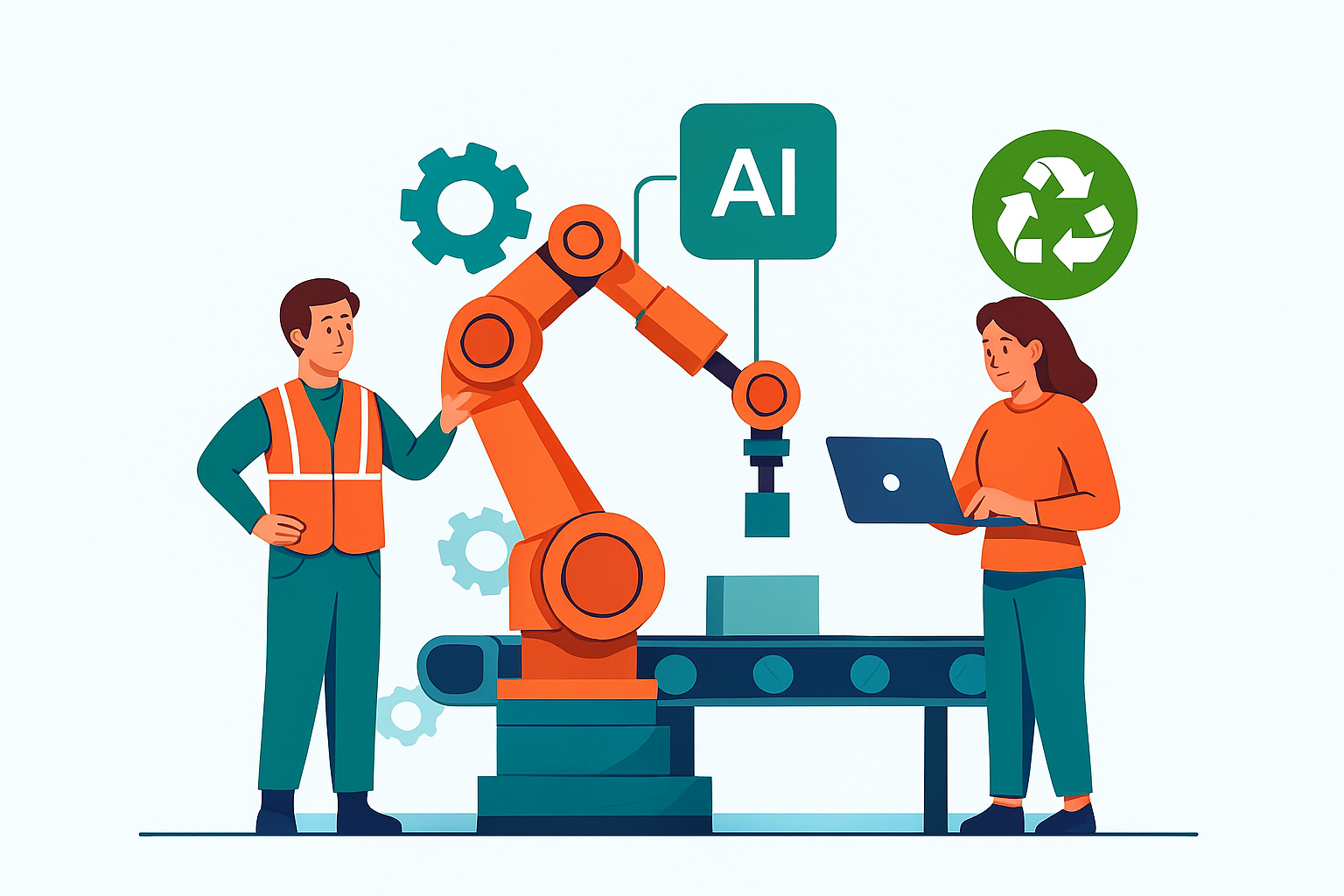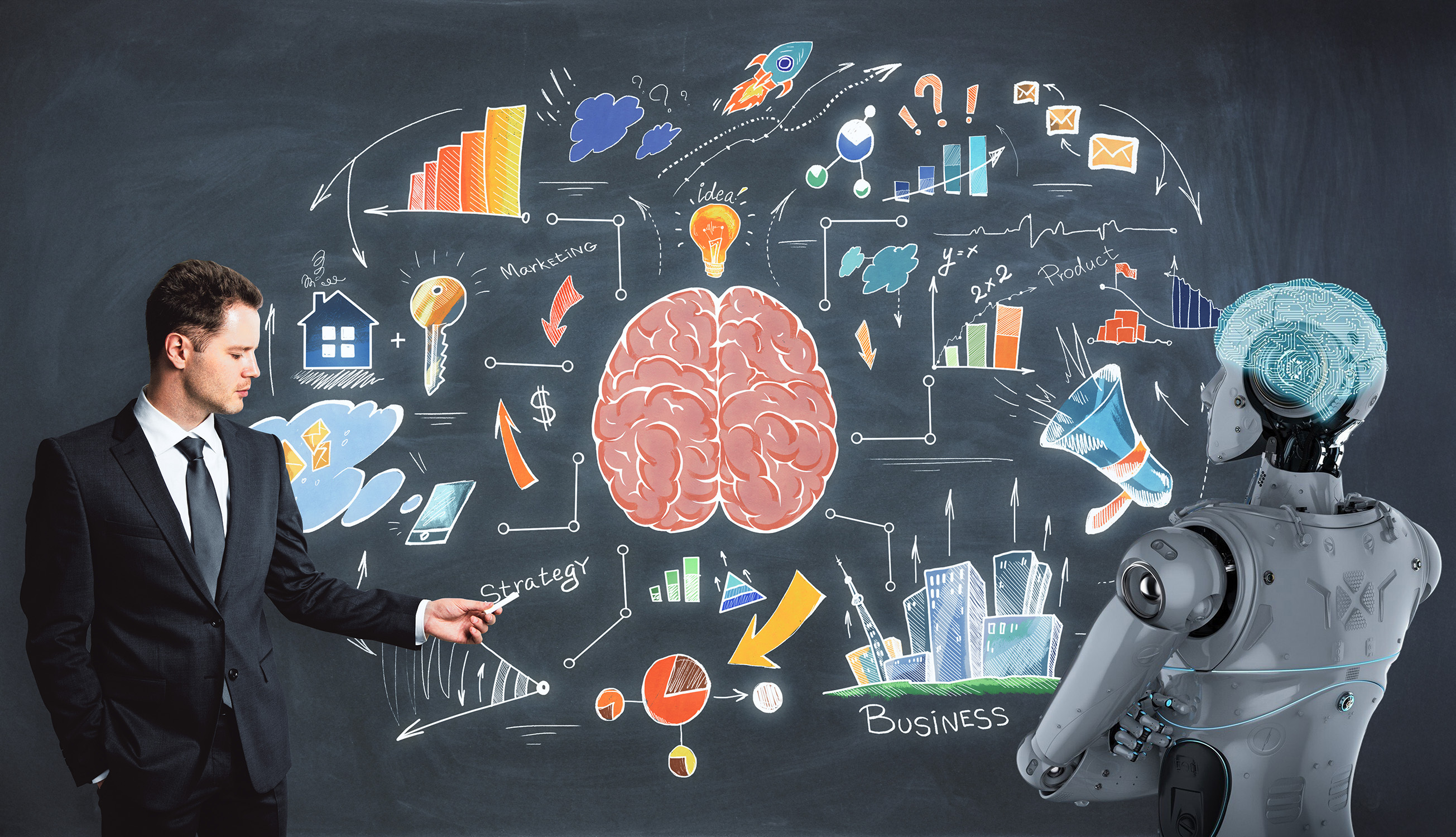In the ever-evolving landscape of the engineering industry, several key trends are reshaping the way engineers approach design, development, and manufacturing processes. These trends, driven by technological advancements and changing market dynamics, are not only revolutionizing traditional practices but also presenting new opportunities and challenges for companies across various sectors. Let's delve deeper into some of these trends and explore their implications, with a specific focus on how they are impacting companies within the Engineer to Order (ETO) and Development sections.
Artificial Intelligence and Machine Learning (AI/ML)
The integration of AI and ML technologies in engineering processes represents a paradigm shift in how tasks are performed and problems are solved. AI algorithms can analyze vast amounts of data to identify patterns and insights that human engineers may overlook. In the Engineer to Order section, for example, AI-powered design tools can assist engineers in generating optimized solutions tailored to specific customer requirements. Similarly, in the Development section, ML algorithms can streamline the product development lifecycle by predicting potential design flaws or performance issues before they arise, thereby reducing time-to-market and development costs.
An illustrative example of AI/ML impact comes from a leading aerospace company that specializes in ETO solutions for aircraft components. By leveraging AI-powered design optimization tools, the company was able to significantly reduce the time required to develop customized components while maintaining stringent quality standards. This not only enhanced customer satisfaction but also improved operational efficiency and competitiveness in the market.
Robotics and Automation
The increasing adoption of robotics and automation in engineering is revolutionizing manufacturing processes and redefining the role of human workers. In the Engineer to Order section, robotics-enabled automation systems are streamlining production workflows and reducing manual intervention in complex assembly tasks. This not only enhances productivity but also ensures consistent product quality and reliability. Similarly, in the Development section, automated testing and validation processes accelerate the iterative design cycle, allowing engineers to iterate designs rapidly and refine product performance.
A prime example of robotics and automation impact can be observed in the automotive industry, where leading manufacturers are deploying advanced robotic systems for assembly line operations. By automating repetitive tasks such as welding, painting, and assembly, these companies have achieved significant improvements in production efficiency, cost reduction, and workplace safety.
Internet of Things (IoT)
The IoT revolution is driving connectivity and intelligence across engineering systems, enabling real-time data collection, monitoring, and analysis. In the Engineer to Order section, IoT-enabled sensors and devices are deployed to monitor equipment performance, predict maintenance needs, and optimize production schedules. This proactive approach to maintenance minimizes downtime and enhances operational efficiency. In the Development section, IoT integration facilitates remote monitoring of prototypes and field trials, providing valuable insights into product performance and user behavior.A notable example of IoT impact comes from the industrial machinery sector, where companies are leveraging IoT-enabled predictive maintenance solutions to optimize equipment uptime and performance. By analyzing sensor data in real-time, these companies can identify potential issues before they escalate into costly failures, thus reducing maintenance costs and improving asset utilization.
Sustainable and Green Engineering
The growing emphasis on sustainability and environmental responsibility is driving demand for eco-friendly engineering solutions that minimize resource consumption and mitigate environmental impact. In the Engineer to Order section, companies are exploring alternative materials and manufacturing processes to reduce carbon footprint and energy consumption. This includes the adoption of renewable energy sources, such as solar and wind power, and the use of recycled materials in product design. In the Development section, engineers are incorporating lifecycle analysis tools to assess the environmental impact of products throughout their lifecycle and identify opportunities for improvement.
An exemplary case of sustainable engineering can be seen in the construction industry, where companies are embracing green building practices and sustainable design principles. By integrating energy-efficient technologies, such as passive heating and cooling systems and smart building controls, these companies are not only reducing operational costs but also minimizing environmental footprint and enhancing occupant comfort.
The engineering industry is undergoing a profound transformation driven by technological innovation and evolving market dynamics. From AI-powered design optimization to IoT-enabled predictive maintenance and sustainable engineering practices, these trends are reshaping traditional paradigms and opening up new possibilities for companies across various sectors. By embracing these trends and leveraging emerging technologies, companies can stay ahead of the curve and capitalize on the opportunities presented by the rapidly evolving engineering landscape.
Die Ingenieurs Branche befindet sich in einem stetigen Wandel, der maßgeblich von technologischen Fortschritten und sich ändernden Marktbedingungen vorangetrieben wird. Mehrere Schlüsseltrends verändern die Herangehensweise von Ingenieuren an Design-, Entwicklungs- und Fertigungsprozesse und werden durch den Einsatz von Künstlicher Intelligenz (KI) und maschinellem Lernen (ML), Robotik und Automatisierung, dem Internet der Dinge (IoT) sowie nachhaltigem und grünem Engineering geprägt.
Künstliche Intelligenz und maschinelles Lernen (AI/ML)
Die Integration von KI- und ML-Technologien in Ingenieur Prozessen bedeutet einen Paradigmenwechsel in der Durchführung von Aufgaben und der Lösung von Problemen. KI-Algorithmen können große Datenmengen analysieren, um Muster und Erkenntnisse zu identifizieren, die menschliche Ingenieure möglicherweise übersehen. Dies führt zu optimierten Lösungen, die den spezifischen Anforderungen der Kunden entsprechen.
Robotik und Automatisierung
Die Automatisierung durch Robotik und die zunehmende Nutzung von Automatisierungssystemen in der Fertigung verbessern die Produktivität und stellen sicher, dass die Produktqualität und -zuverlässigkeit konstant bleiben.
Internet of Things (IoT)
Die IoT-Revolution treibt die Konnektivität und Intelligenz in Ingenieursystemen voran, was zu Echtzeitdatenerfassung, -überwachung und -analyse führt und eine proaktive Wartung ermöglicht.
Nachhaltige und umweltfreundliche Technik
Nachhaltiges und grünes Engineering adressiert die steigende Nachfrage nach umweltfreundlichen Lösungen, die den Ressourcenverbrauch minimieren und die Umweltauswirkungen verringern.
Dieser Wandel eröffnet Unternehmen in verschiedenen Sektoren neue Möglichkeiten, erfordert jedoch auch eine Anpassung an neue Technologien und Praktiken. Indem sie diese Trends erkennen und sich ihnen anpassen, können Unternehmen ihre Wettbewerbsposition stärken und die Chancen der sich wandelnden Ingenieursbranche optimal nutzen.










